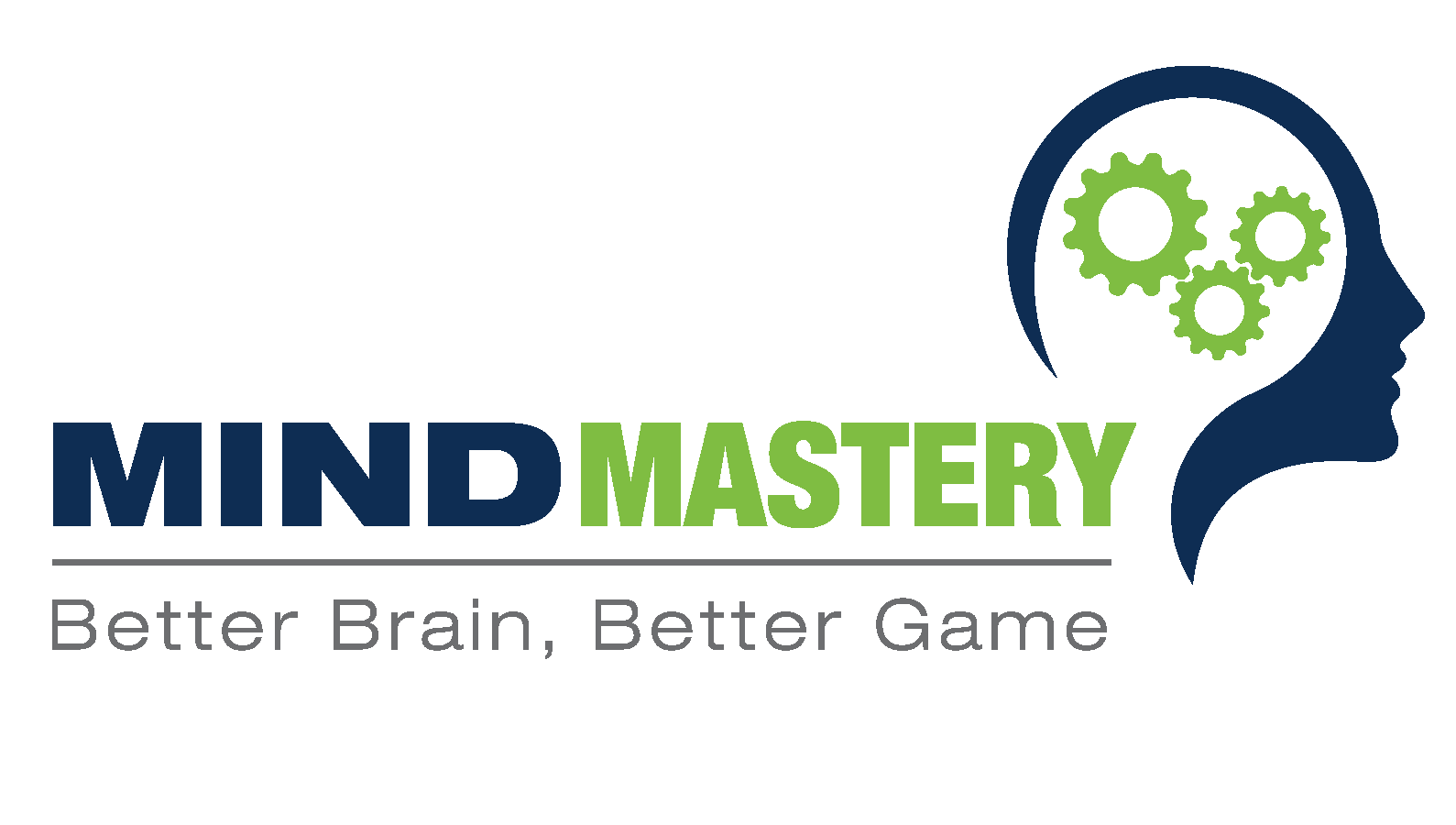DID YOU KNOW?
Forrester reports that 40% of organizations are taking a stronger look at mental health programs to better suit their employee’s mental wellness and recognize that one mental health solution does not fit all and realize the need to make an informed choice.
DEPRESSION
- Depression is the mental health disorder that has been best studied in the workplace, partly because it is so common in the general populations. One survey of a nationally representative sample reported that approximately 6% of employee’s experience symptoms of depression in any given year. One in 10 Canadians polled said that their mental health had worsened ‘a lot’ because of COVID-19.
- Similar results were found in a survey of Canadian workers, where 81% reported that the pandemic is negatively impacting their mental health, indicating a significant drop in overall worker mental health since the beginning of COVID 19.
- Researchers who analyzed employee responses found that workers with depression reported the equivalent of 27 lost work days per year 9 of them because of sick days or other time taken out of work and another 18 days reflecting lost productivity. Other research has found that employees with depression are more likely to lose their jobs and change jobs frequently.
- Recent projections are that COVID-19 related unemployment could result in 418 to 2114 excess deaths due to suicide in Canada during 2020-2021.
- Nearly half (46%) of the entrepreneurs experienced low mood or felt mentally tired at least once a week, while three of five (62%) felt depressed at least once a week.
- Nearly one in two (46%) felt that mental health issues interfered with their ability to work.
STRESS
- Reports from Canadian Mental Health Association indicated that small business entrepreneurs reported high degrees of stress in both their business and personal lives and that nearly seven in ten (67%) were stressed about their business’s cash flow and more than one-third (39%) were stressed about adequately fulfilling their responsibilities at work and at home.
- They also experienced stress about finding the right talent for their company (36%) and due to high self-expectations (34%).
- The report further reveals that the degree of stress reported by entrepreneurs coincided with their mental health concerns and more than half reported experiencing feelings of inadequacy (51%) and more than half reported depressed mood (50%).
- The impact of entrepreneurial stress not only affects the work of an individual, but also extends to their personal and professional relationships indicating that about three in five (66%) entrepreneurs face difficulty in maintaining work-life balance due to stress and more than half (54%) reported that stress impacted their level of concentration at work and that one in five (23%) felt that stress impacted their professional relationships.
ANXIETY DISORDERS
- Anxiety disorders affect about 6% of the population at some point in their life, but typically go undiagnosed for 5 to 10 years.
- Generalized anxiety disorders, for example, results in work impairment (as measured by sick days and lost productivity) like that attributed to major depression
ADHD
- ADHD is often considered a problem only in childhood, but it also affects adults. An international survey in 10 countries (including the United States) estimated that 3.5% of employees have ADHD in the workplace. Symptoms of ADHD many manifest as disorganization, failure to meet deadlines, inability to manage workloads, problems following instructions from supervisors and arguments with co-workers.
- Workplace performance and the employee’s career may suffer. Studies estimate that people with ADHD may lose 22 days per year (a combination of sick days and lost productivity), compared with people without the disorder. In addition, people with ADHD are 18 times as likely to be disciplined for behavior or other work problems, and likely to earn 20% to 40% less money than others in similar jobs. They are also 2 to 4 times as likely as other employees to be terminated from a job.
- Treatment rates among employees with ADHD are especially low. In the US, for example, only 13% of workers with ADHD reported being treated for this condition in the previous 12 months.
INSOMNIA/SLEEP DISORDERS
Insomnia/Sleep Disorders – sleep disorders as a whole are associated with a host of negative outcomes, such as an increased risk of certain medical diseases (e.g., cancer, hypertension, obesity) and mental disorders (particularly depression); higher mortality; increased suicidal thoughts and behaviors; and poorer quality of life. Sleep disturbances also contribute significantly to motor vehicle accidents, workplace errors and accidents, and reduced productivity due to absenteeism and work. Insomnia disorder is one of the most common sleep disturbances, occurring in approximately one in three working adults Researchers found that insomnia was associated with approximately 7% of all costly workplace accidents and errors and almost 24% of the overall costs of all accidents and errors — higher than any of the other medical conditions examined. The total costs of accidents and errors attributed to insomnia were higher than costs due to other conditions by an average of $10,148 per incident.
SLIPS AND FALLS ACCIDENTS
(Improved Concentration & Focus)
In Canada over 42,000 workers get injured annually due to fall incidents. This number represents about 18% of the “time-loss injuries” that were accepted by workers’ compensation boards or commissions across Canada. The average cost of benefits for time-loss claims due to a work-related slip, trip, or fall is $6,434. 16% of all workplace accidents involved falls on the ground level. Unfortunately, more than 5% of workplace accidents resulted from a fall between two or more stories. On average, each slip, trip and fall injury results in 70 days lost from work.

